Caring for a paralyzed pet is one of the most challenging yet deeply rewarding responsibilities a pet owner can undertake. Among the many daily tasks required to maintain their comfort and health, repositioning—or turning—a paralyzed pet is crucial. Without the ability to move independently, these animals are at high risk of developing pressure sores, muscle stiffness, and circulation problems. Mastering the technique of safely turning them not only prevents these complications but also strengthens the bond between pet and caregiver.
The Importance of Regular Repositioning
When a pet loses mobility, whether due to spinal injury, degenerative disease, or congenital conditions, their body weight constantly presses against the same areas. Over time, this unrelenting pressure cuts off blood flow to tissues, leading to painful ulcers known as pressure sores. These sores can become infected, worsening the pet’s condition and leading to further medical complications. Regular repositioning, typically every two to four hours, alleviates this pressure and allows blood to circulate properly.
Beyond physical health, frequent turning provides mental stimulation. A change in perspective—shifting from lying on one side to another or being propped up—can break the monotony of immobility. For pets that once enjoyed active lives, this small variation can make a significant difference in their emotional well-being. Caregivers often notice improved alertness and reduced signs of depression when their pets are moved consistently.
Techniques for Safe and Effective Turning
Turning a paralyzed pet requires patience and gentleness. The approach varies depending on the pet’s size, weight distribution, and specific condition. For smaller animals, such as cats or small dogs, caregivers can often use one hand to support the chest and another beneath the hindquarters, rolling them smoothly onto their other side. Larger dogs may require a two-person team or the use of supportive slings or harnesses to distribute weight evenly during the turn.
It’s essential to avoid dragging the pet across surfaces, as this can cause friction burns or skin irritation. Instead, lift gently, even if only slightly, to reposition. Pillows, foam wedges, or specially designed pet beds can help maintain the new position once the pet is turned. Observing the pet’s reaction is critical—any signs of discomfort or pain should prompt an adjustment in technique or a consultation with a veterinarian.
Tools and Aids to Assist in Repositioning
For pet owners managing paralysis long-term, investing in supportive equipment can make daily care more manageable. Orthopedic pet beds with memory foam distribute pressure more evenly than standard bedding. Rotating beds or tilt-enabled platforms can automate some of the turning process, though they should never replace hands-on care entirely. Slings and harnesses with handles allow for better control when lifting or shifting larger pets.
Another useful tool is the use of inflatable or gel-filled cushions placed strategically under pressure points like hips or shoulders. These cushions reduce the risk of sores while providing comfort. Waterproof bedding is also advisable, as paralyzed pets may have limited bladder control. Keeping the sleeping area dry prevents skin breakdown and infections.
Recognizing and Addressing Complications
Even with diligent care, complications can arise. Early signs of pressure sores include redness, swelling, or warmth in areas of constant contact. Hair loss or skin discoloration may also indicate the beginning of tissue damage. At the first sign of these symptoms, increasing the frequency of turns and consulting a vet can prevent progression.
Infections, urinary tract issues, and muscle atrophy are other common concerns. Regular veterinary check-ups, combined with at-home monitoring, help catch problems before they escalate. Physical therapy, when possible, can maintain muscle tone and improve circulation, complementing the benefits of frequent repositioning.
The Emotional Aspect of Caregiving
Caring for a paralyzed pet is as much an emotional commitment as a physical one. The routine of turning, cleaning, and comforting can be exhausting, but it’s also an act of profound love. Many caregivers find that their pets respond with unwavering gratitude, reinforcing the human-animal bond. Support groups, whether online or local, can provide much-needed encouragement and practical advice from others on the same journey.
In the end, the effort put into proper repositioning and overall care translates into a better quality of life for the pet. Though the work is demanding, the reward—seeing a beloved companion comfortable, content, and free from preventable pain—makes every moment worthwhile.
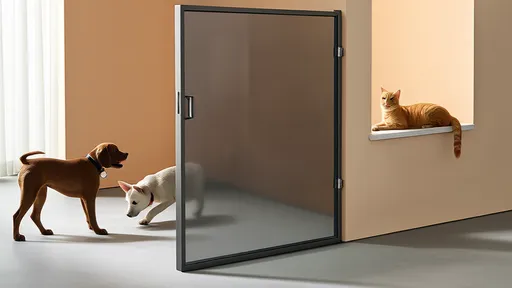
By /Jul 31, 2025

By /Jul 31, 2025

By /Jul 31, 2025

By /Jul 31, 2025

By /Jul 31, 2025

By /Jul 31, 2025
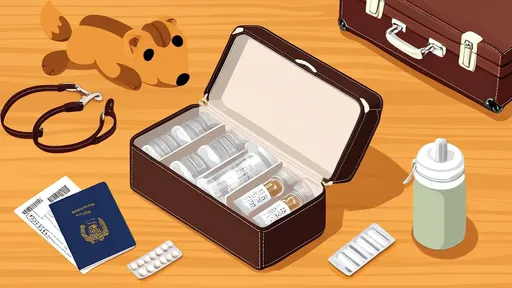
By /Jul 31, 2025

By /Jul 31, 2025
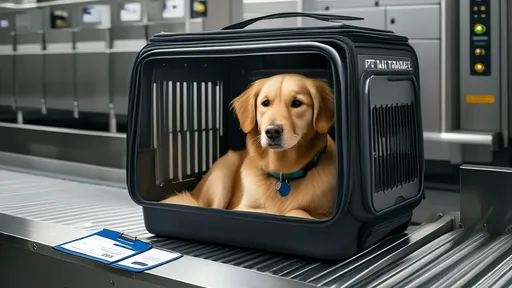
By /Jul 31, 2025

By /Jul 31, 2025
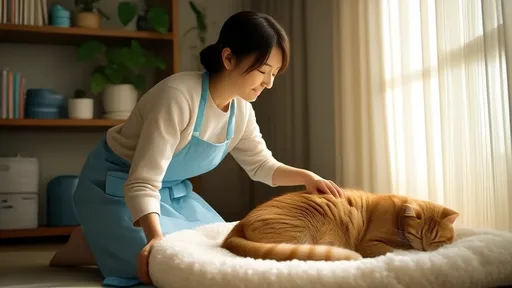
By /Jul 31, 2025
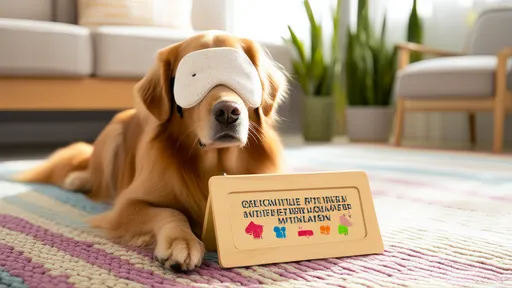
By /Jul 31, 2025
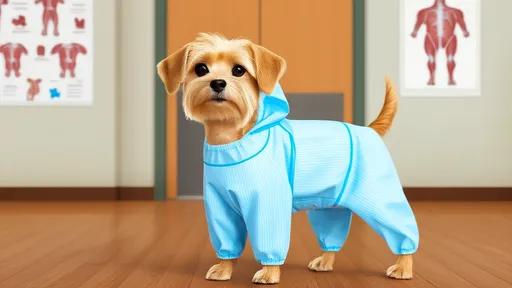
By /Jul 31, 2025
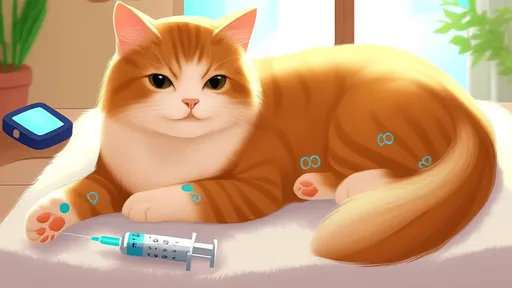
By /Jul 31, 2025
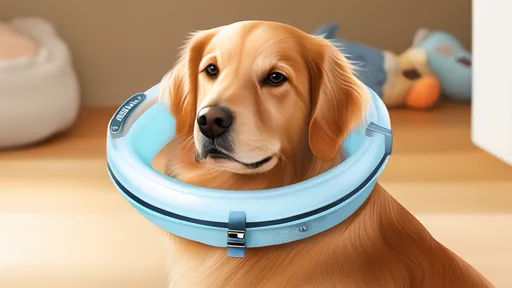
By /Jul 31, 2025

By /Jul 31, 2025
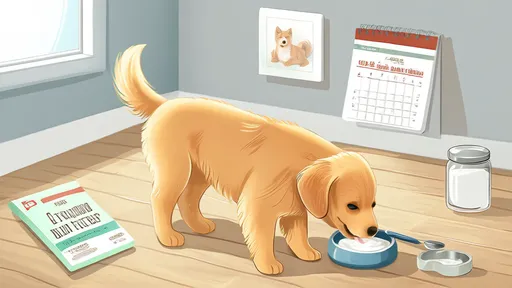
By /Jul 31, 2025

By /Jul 31, 2025

By /Jul 31, 2025
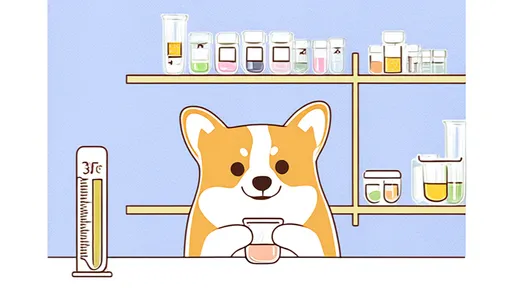
By /Jul 31, 2025